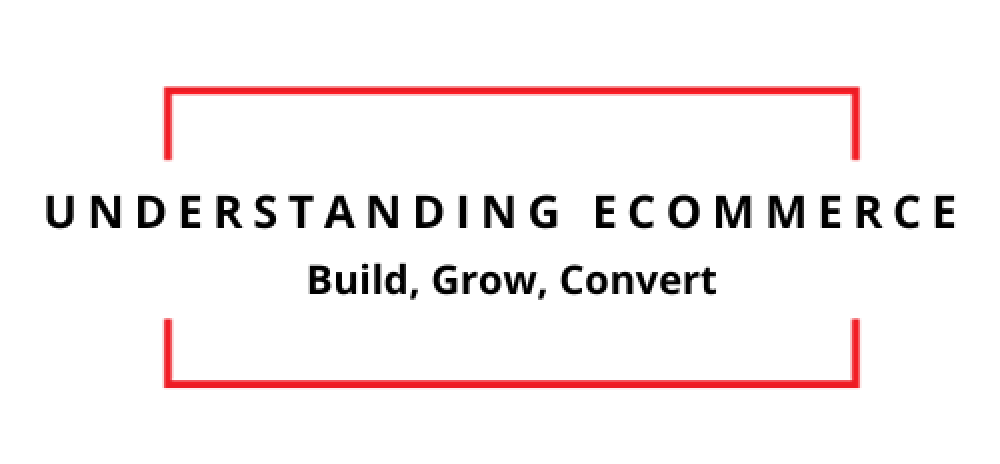The #1 Thing that Makes or Breaks Your Business
This post is not just a rant; it’s a crucial discussion about a topic that can make or break your business. So, bear with me as I share some eye-opening experiences.
These past weeks, I’ve encountered some truly frustrating customer experiences that have left me questioning the state of service in today’s business world. Though personal, these experiences hold valuable lessons for all of us in the business community.
It all began when my SIM card malfunctioned. This issue is particularly critical for business owners today, where our smartphones are lifelines. Not wanting to be offline, I went to my provider’s local branch. The place was pretty empty, so I was served almost immediately. I had the phone, the number on the account, the passcode to get in, and the address on the account, and I was asked for ID, which I presented. Then, the agent realized I was not the primary on the account. Without my spouse’s authorization, they wouldn’t help me. They claimed I could be trying to steal the phone and get access. (OK, the #1 rule in customer service is don’t accuse your client of theft). When was the last time someone tried to steal a phone by presenting the phone, the associated number and pin code, and picture ID showing they lived at the same address as the primary account holder?
Then, we went on holiday and secured an apartment with a big brand service for temporary rentals. I leave you to figure out who. We rented a place for three weeks at $200 a night, you do the math. When we arrived, the bathroom window was broken, the dishwasher had a big sign saying not to use it, and the headboard in the main bedroom was not attached and had fallen off. The next day, we were woken by pounding on the door. A neighbor told us the unit was not legal, was unlicensed, and that they were suing the property owner for letting out the unit against HOA rules. We contacted the host service only to reach a call center in the Philippines that offered us $13.45 off our bill for the inconvenience. WTF?
Lastly, today, I tried to open a bank account for a non-profit I am involved with. I wanted to support a local credit union in our community. Before going to the bank, I called customer service, explained what kind of account I wanted to open, and asked what I needed to bring to facilitate this. I was given a list and told I didn’t need an appointment to go to the branch. So, I gathered the items on the list and headed to the credit union.
After waiting a bit, a surly banker met me. He questioned why I hadn’t made an appointment because they were very busy. I let that one go. He then presented a completely different set of requirements for opening the account. I explained that I had called and was told what to bring. He replied that he couldn’t control what the call center told me but needed what was on his list. After a little back and forth, it became clear that he didn’t have the right requirements for a non-profit; that was a different list. It’s 45 minutes later, and we are on list number 3 now. I couldn’t help it; I went full Karen on this guy. “I need to talk to a manager!”
Several minutes later, the manager arrived. She was calm and collected and listened to my version of events. She apologized profusely (which drives me up the wall. I don’t want an apology; I want a resolution). She waived a few requirements, was able to verify some of them independently, and left the remaining, which I could email for conclusion. I wouldn’t say I was happy, but my inner Karen retreated.
Acquiring a new customer is more expensive than retaining an existing one.
As marketers, we pay close attention to the “Cost to Acquire.” No matter how you crunch the numbers, it is always cheaper to upsell a happy client than to find a new one. In the credit union example, I was trying to do business with them, and they were making it as hard as possible.
Early in my career, I worked for a small financial company that a large multinational bank acquired. As part of the transition, they brought in a team of consultants to evaluate our team and make improvements. I was in a manager’s meeting with the consulting team, and one of the consultants asked us who we thought was the most important person in the company. Management said the president. Sales said it was them. He just shook his head – clearly, we were being set up.
He told us it was the receptionist. He explained that she was the first person anyone dealing with the company engaged with. She greeted visitors, answered the phone, and was at ground zero. She was the first impression. Somehow, that always stuck with me.
Have you ever tried to call Google or Facebook? They don’t even bother with customer service. Where are you going to go? Those offering support typically outsource it to some foreign land with operators who can only read a script. “Have you tried restarting your computer?” Have you tried #@%^ yourself? But I digress.
On the other hand, good customer service is amazing. When I call my hosting company, a knowledgeable human answers the phone, and 90% of the time, they can resolve my concerns. There are many things wrong with my hosting company, but their customer service is not one of them. Thus, I have been a client for close to 20 years. They charge my credit card every month, and I couldn’t be happier.
It’s All About Company Culture.
If you outsource your support to a foreign call center, that tells me you’d rather save money than keep your clients happy. It reminds me of the Capital One commercial with Jennifer Coolidge. She calls them at 2 a.m. about a questionable purchase. She is surprised when she gets Gabby, a friendly operator happy to assist. Gabby tells Jennifer, “At Capital One, you always get a live person when you call.” The message is clear: Capital One clients are a priority.
While I don’t always agree with the whole, the customer is always right. I understand that customers spend their hard-earned money on our product or service, and we should try to support that.
Enhancing Customer Support
Customer support plays a pivotal role in the success of small businesses. As the backbone of any enterprise, ensuring excellent customer service can significantly impact customer satisfaction, retention rates, and overall brand reputation. Let’s explore effective strategies to elevate customer support in small businesses, fostering stronger customer relationships and driving business growth.
Prioritize Communication Channels
Small businesses must offer various communication channels to accommodate diverse customer preferences. From traditional methods like phone and email to modern platforms such as live chat and social media messaging, providing multiple avenues for customers to reach out enhances accessibility and responsiveness. Businesses can promptly address inquiries and concerns across these channels to demonstrate their commitment to customer satisfaction.
Implement Comprehensive Training Programs
Investing in ongoing training programs for customer support staff is essential for maintaining high service standards. Equip employees with the necessary skills and knowledge to handle customer interactions effectively, resolve issues efficiently, and provide personalized assistance. Businesses can deliver consistent and exceptional customer support experiences by empowering staff members with training and resources.
Leverage Technology Solutions
Harnessing technology can streamline customer support processes and improve efficiency. Implementing customer relationship management (CRM) software enables businesses to centralize customer data, track interactions, and automate repetitive tasks. Additionally, integrating AI-powered chatbots can offer immediate assistance to customers, addressing common queries and freeing human agents to focus on more complex issues.
Foster a Customer-Centric Culture
Creating a customer-centric culture within the organization is vital for delivering exceptional customer support. Encourage employees at all levels to prioritize customer satisfaction and actively seek feedback to identify areas for improvement. By fostering a culture that values customer experience, businesses can instill a sense of accountability and drive continuous efforts to enhance service quality.
Embrace Proactive Support
Anticipating customer needs and addressing potential issues before they arise demonstrates proactive support. Implement proactive outreach campaigns, informative tutorials, and regular updates to keep customers informed and engaged. Businesses can strengthen relationships and build trust by proactively supporting customers throughout their journey.
Monitor and Analyze Performance Metrics
Regularly monitoring key performance indicators (KPIs) allows businesses to assess the effectiveness of their customer support efforts. Track metrics such as response times, resolution rates, customer satisfaction scores, and feedback trends to identify areas of improvement. Analyzing data insights enables businesses to make informed decisions and implement targeted strategies for enhancing customer support performance.
Continuously Iterate and Improve
Improving customer support is an ongoing process that requires continuous iteration and improvement. Solicit feedback from customers regularly to understand their evolving needs and preferences. Use feedback to refine processes, implement new initiatives, and adapt strategies to serve customers better. By staying agile and responsive, small businesses can remain competitive and deliver exceptional customer support experiences.
In conclusion
Enhancing customer support in small businesses is essential for fostering positive customer relationships and driving business success. By prioritizing communication channels, investing in employee training, leveraging technology solutions, fostering a customer-centric culture, embracing proactive support, monitoring performance metrics, and continuously iterating and improving, businesses can elevate their customer support efforts and differentiate themselves in the marketplace.
Follow us on LinkedIn – Build, Grow, Convert.

With over twenty years of experience, we’ve made a lot of mistakes, so you don’t have to. Leverage that knowledge to BUILD your business, GROW your brand awareness or thought leadership, and ultimately CONVERT followers into paying customers.


